Buyer’s Guide to Linoleum, Vinyl Flooring & Carpets
Manmade materials such as vinyl and linoleum offer a high quality, affordable floor finish that allows you to inject colour and fun into your scheme. If you’re after something cosier, carpet or a natural fibre flooring could hold the answer. With a plethora of textures and hues available, there’s something to suit every style. Here’s what to consider when making your choice.
Linoleum floors
Having fallen out of vogue with property owners in the 1990s, sheet floors such as linoleum and vinyl are making a comeback thanks to the development of high quality new products offering a cost-effective alternative to wood and stone that’s also softer underfoot.
Originally invented by the Victorians, linoleum is regaining popularity as eco-friendly materials become increasingly sought after. “People confuse linoleum and vinyl, but lino is made from natural elements including linseed oil, wood flour and pine resin,” explains Helen Bridge from Sinclair Till.
Available as tiles or in rolls, this product comes in an abundance of shades – great if you want to introduce a pop of colour to your home’s interior on a low budget. Prices range from around £5 to £30 per m2. It requires slightly more maintenance than vinyl (avoid harsh commercial cleaners) and must be sealed annually to provide moisture resistance. However, it offers a lifespan of 20 years or more, as the colour goes all the way through so it wears well.
Vinyl floors
Vinyl is a plastic comprised of ethylene and chlorine and, like lino, creates a fresh look and requires minimal upkeep. It’s available in a wide range of colours and with high-quality imprints that mimic the look of natural timber and stone. “High grade vinyl tiles are incredibly durable, and have good anti-slip properties. Unlike sheet products, these are rigid so they won’t roll up at the edges, making them ideal for use in spaces with heavy footfall,” explains Alice Dunbar, design consultant at Harvey Maria.
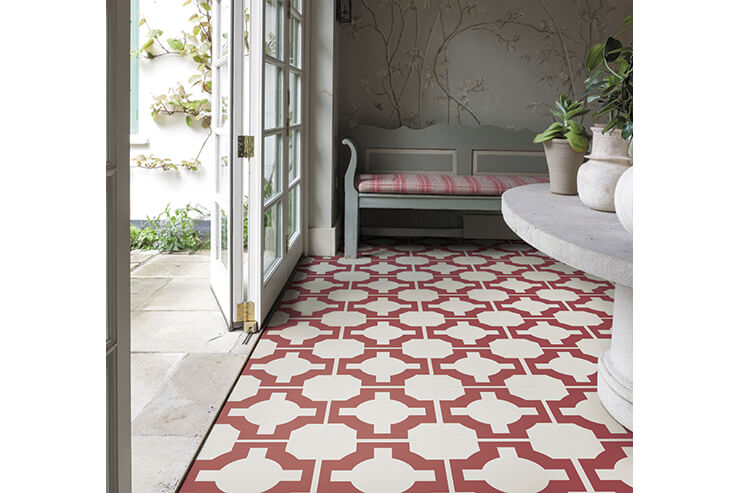
This parquet red oxide vinyl flooring, designed by Neisha Crosland, will inject some colour into your decorative scheme. £43 per m2, Harvey Maria
Vinyl is fully waterproof, so it’s an excellent choice for kitchens and bathrooms. Look for products with thick wear layers – around 0.7mm to 1mm – for best durability. Prices start from around £9 per m2, but expect to pay £20-£50 per m2 for high quality versions.
If you want a bespoke result on a DIY basis, the easiest option will be to go for click-fit vinyl tiles. Laying sheet vinyl or lino is manageable for the competent DIYer – but it’s important to ensure the base is clean, smooth and dry before you install the underlay.
You should also allow for the fractional expansion of hessian-backed lino (the biggest risk occurs when it soaks up the moisture from the adhesive) by leaving a small expansion gap around the perimeter of the room.
A high-temperature adhesive is recommended if you’re laying vinyl or lino over underfloor heating (UFH), and you should check with your manufacturer that your system is suitable for this kind of floor finish. “Setting the heating to a higher temperature than the normal maximum recommendation of 27°C may affect the adhesive and the tiles themselves,” says Alice.
To get around this, you could install a closer network of UFH pipework. This should achieve the same heat output at a lower flow temperature, thereby protecting the surface.
Carpets
While hard floorings infuse decorative schemes with a timeless appeal, sometimes there’s nothing better than the warm feeling of carpet. This plush surface is heat-retentive, naturally fire retardant and acoustically absorbent. It also helps to soften slips and falls, which is particularly good news if you have little ones at home. An abundance of hues and patterns makes carpet a versatile choice to fit a variety of decorative schemes.
What carpet will suit each part of the house depends on how much footfall it receives. “In heavy traffic zones around the home, such as hallways, opt for a hardwearing practical range with a good pile weight and density. It pays dividends to invest in a high quality product for these areas,” says David Cormack from Cormar Carpets.
The most durable options are generally comprised of at least 80% wool. Manmade alternatives tend to be more affordable, however, and polypropylene versions offer the advantage of being highly stain resistant. Expect to pay upwards of £25 per m2 for a good quality product, with top end options climbing as high as the £100 per m2 mark.
Before splashing out on a lavish velvety floor covering, it’s prudent to pick up some samples. “This allows you to feel the quality of the product, and we recommend laying test patches in various positions around the room to check whether you like it under different light conditions,” advises Hilary Clements from Axminster Carpets.
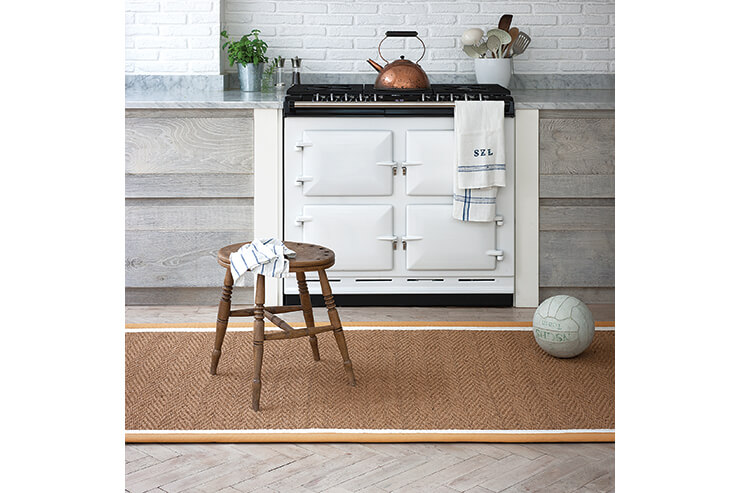
A made to measure rug, like this coir version from Alternative Flooring, can provide an attractive focal point and may be more economical than installing a natural carpet throughout
Fitting your flooring
When it comes to the fitting, your professional installer will usually carry out any prep work required to ensure the subfloor is smooth, clean and dry before the underlay goes down.
“Gaps between the floor surface and skirting boards need to be sealed to avoid updraft soiling – the greyish lines that can appear at the perimeter of a carpet – so it’s a job best left to the experts,” explains Rupert Anton from the Carpet Foundation.
Contrary to popular belief, it is possible to lay carpet over UFH. However, the combined tog value of both underlay and carpet should not exceed 2.5.
“As a general rule, double stick systems using adhesive and grippers are recommended to provide close contact between the floor, underlay and carpet. This allows for better transfer of warmth and avoids creating uneven heat pockets,” says Natalie Littlehales from Brintons.
Maintenance-wise, regular vacuuming, approximately once or twice a week, will help preserve the quality of your carpet. However, most manufacturers recommend a professional clean every 12-18 months.
Main photo: In heavy traffic areas a durable floor covering is essential. This handsome plaid carpet comprises a hardy blend of 80% wool and 20% nylon. Boho Hamilton in tea rose, £63 per m2, Ulster Carpets
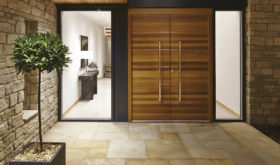

















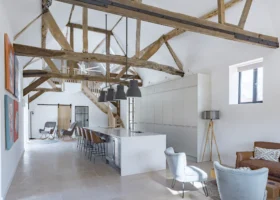















































































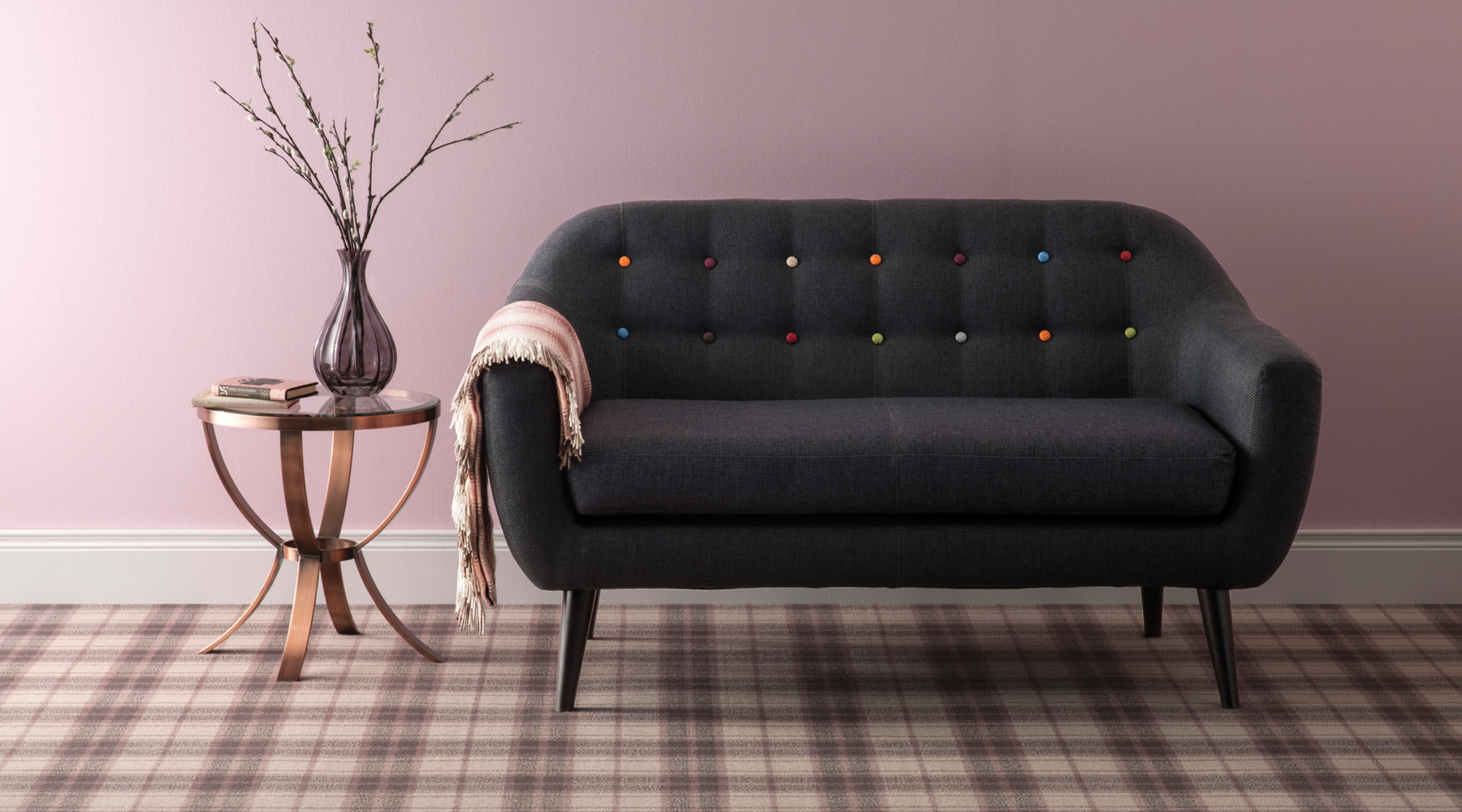
 Login/register to save Article for later
Login/register to save Article for later

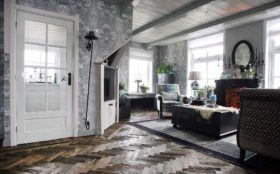


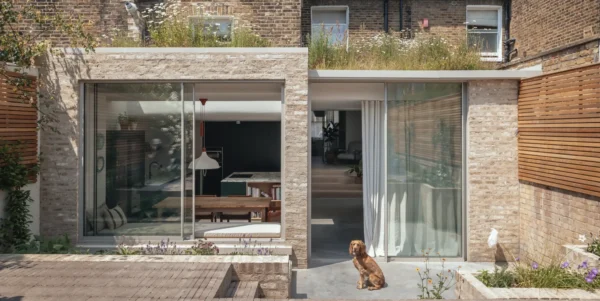

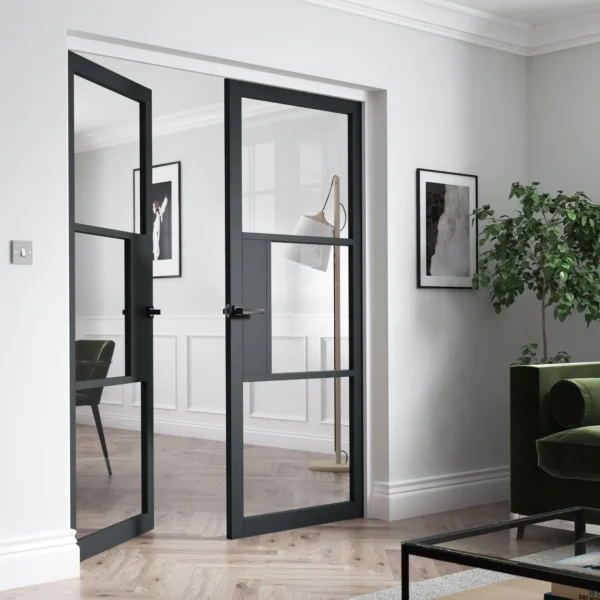






Comments are closed.